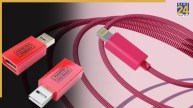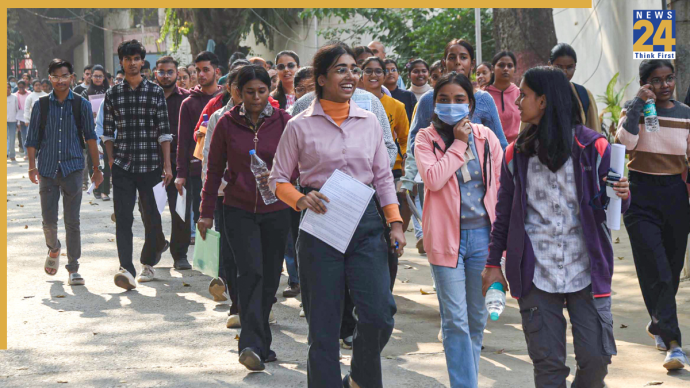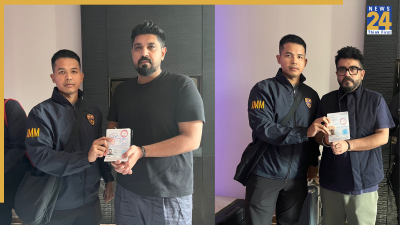In a major stride forward, OpenAI has revealed Sora, an extraordinary generative text-to-video model that has the power to convert succinct text descriptions into high-definition video clips lasting up to one minute. This marks a significant advancement in the realm of artificial intelligence.
How Sora Works
At its core, Sora operates on a diffusion model, kicking off the process with a video resembling static noise. Through a series of iterative steps, the output undergoes a gradual transformation by eliminating the noise. OpenAI has successfully tackled the challenge of maintaining subject consistency, even when the subject momentarily disappears, by providing the model with foresight into multiple frames concurrently.
Sora’s Technical Features and Creative Capabilities
Much like GPT models, Sora utilizes a transformer architecture. This involves representing images and videos as patches, which are collections of smaller units of data. This standardized data representation empowers OpenAI to train diffusion transformers on a wide array of datasets, encompassing variations in duration, resolution, and aspect ratios.
Sora seamlessly integrates recaptioning techniques from DALL-E3, creating a harmonious connection with user text instructions. This integration significantly amplifies the model’s proficiency in understanding and faithfully executing user prompts.
Unveiling Sora’s Creative Prowess
OpenAI’s Sora showcases its creative prowess by generating intricate scenes that include numerous characters, diverse forms of motion, and precise delineations of subjects and backgrounds. The model not only comprehends the user’s prompt but also possesses an understanding of how these elements coexist in the physical world.
Animation Mastery: Still Images and Video Augmentation
-length videos from text, Sora demonstrates mastery in animation. It excels at bringing still images to life, seamlessly animating them, filling in missing frames, and extending the duration of previously generated videos. This multifaceted capability adds an extra layer of creativity and dynamism to Sora’s repertoire.
Known Weaknesses
OpenAI openly acknowledges certain weaknesses in the current model, including challenges in accurately simulating complex space, understanding cause and effect in some instances, and potential confusion regarding spatial details and precise descriptions of events over time.
Testing and Red Teaming
OpenAI is committed to ensuring the safety of Sora by collaborating with a team of red teamers. These experts, well-versed in misinformation, hateful content, and bias, are rigorously testing the model before its release.
Advanced Safety Measures
Building on safety methods employed for the release of DALL-E3, OpenAI is taking additional steps to detect misleading content. This includes the development of a detection classifier capable of identifying videos generated by Sora.
Ongoing Monitoring and Engagement
Upon Sora’s release, OpenAI will incorporate C2PA metadata and implement continuous monitoring through text and image classifiers. Input prompts violating usage policies will be rejected, and video outputs will undergo meticulous frame-by-frame review. OpenAI also commits to engaging policymakers, educators, and artists to address concerns and identify suitable use cases for the model.













